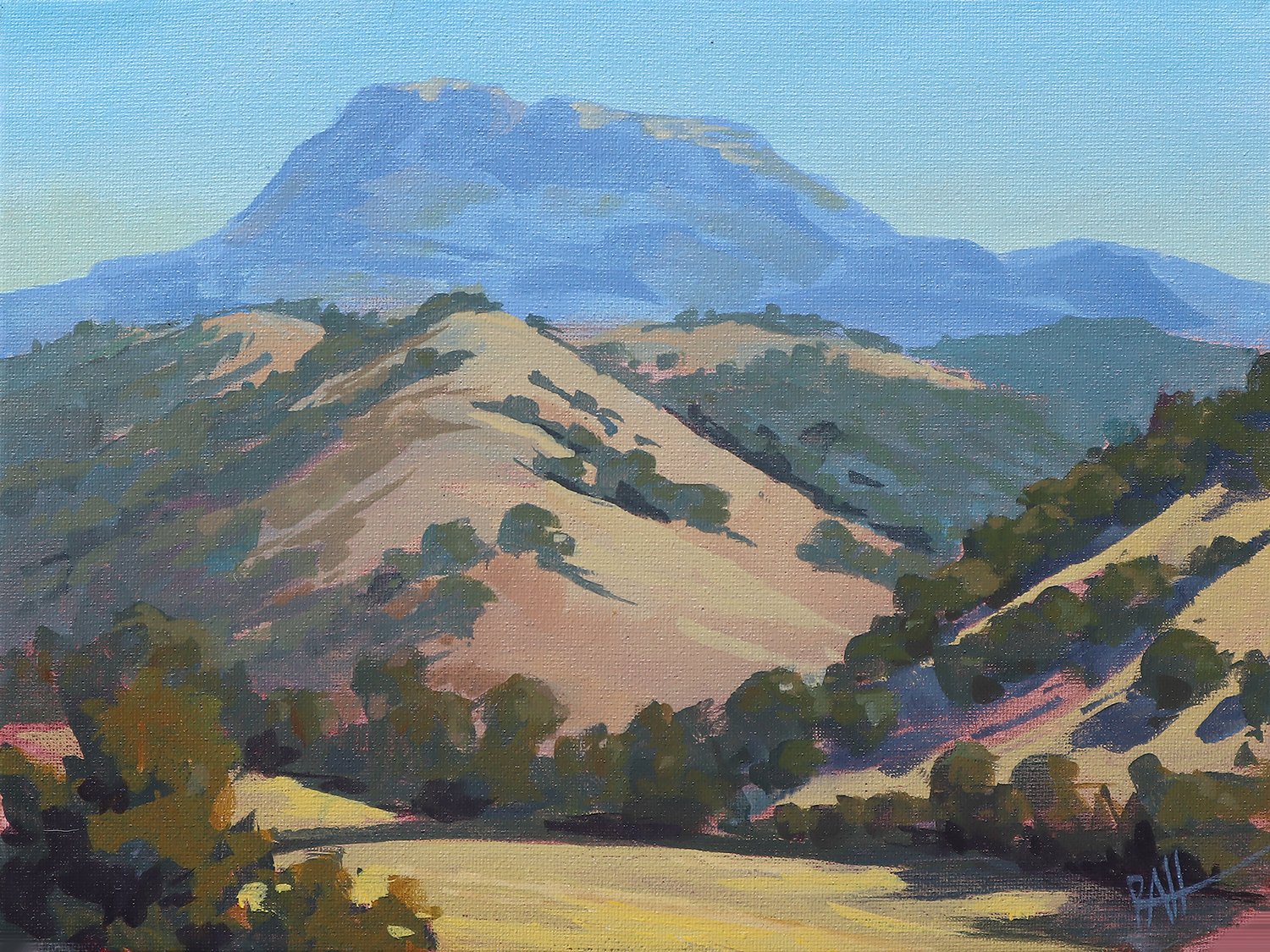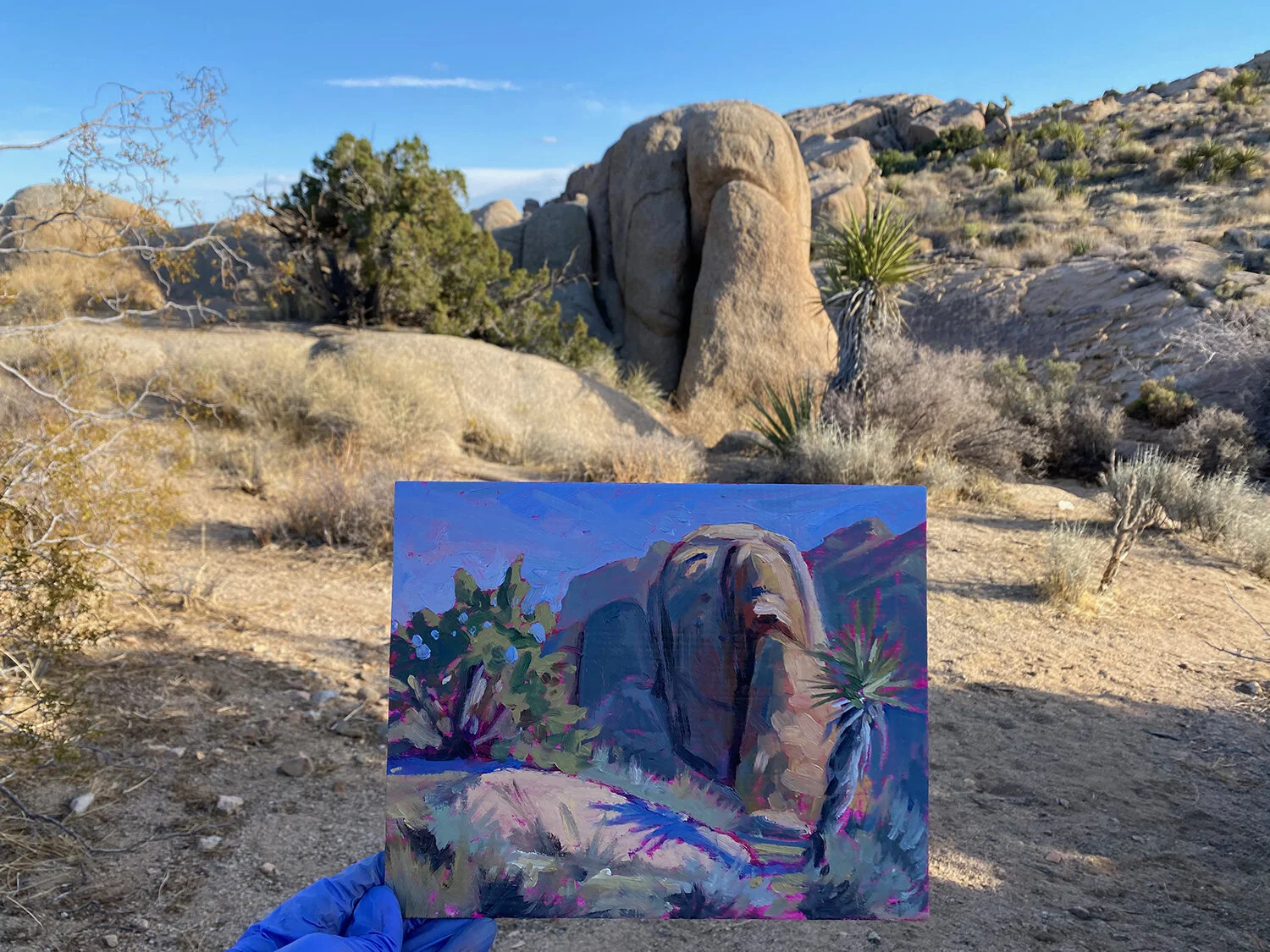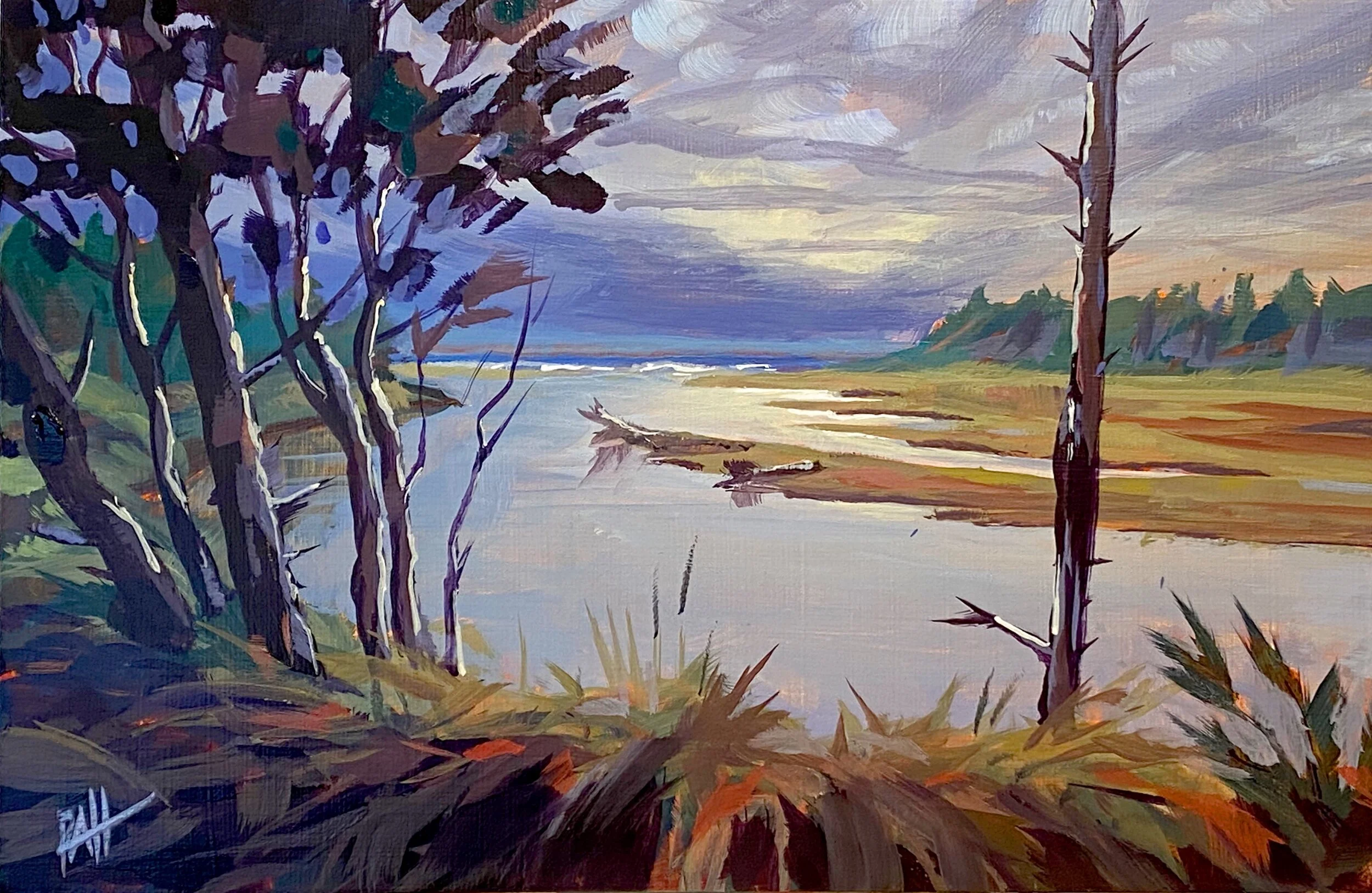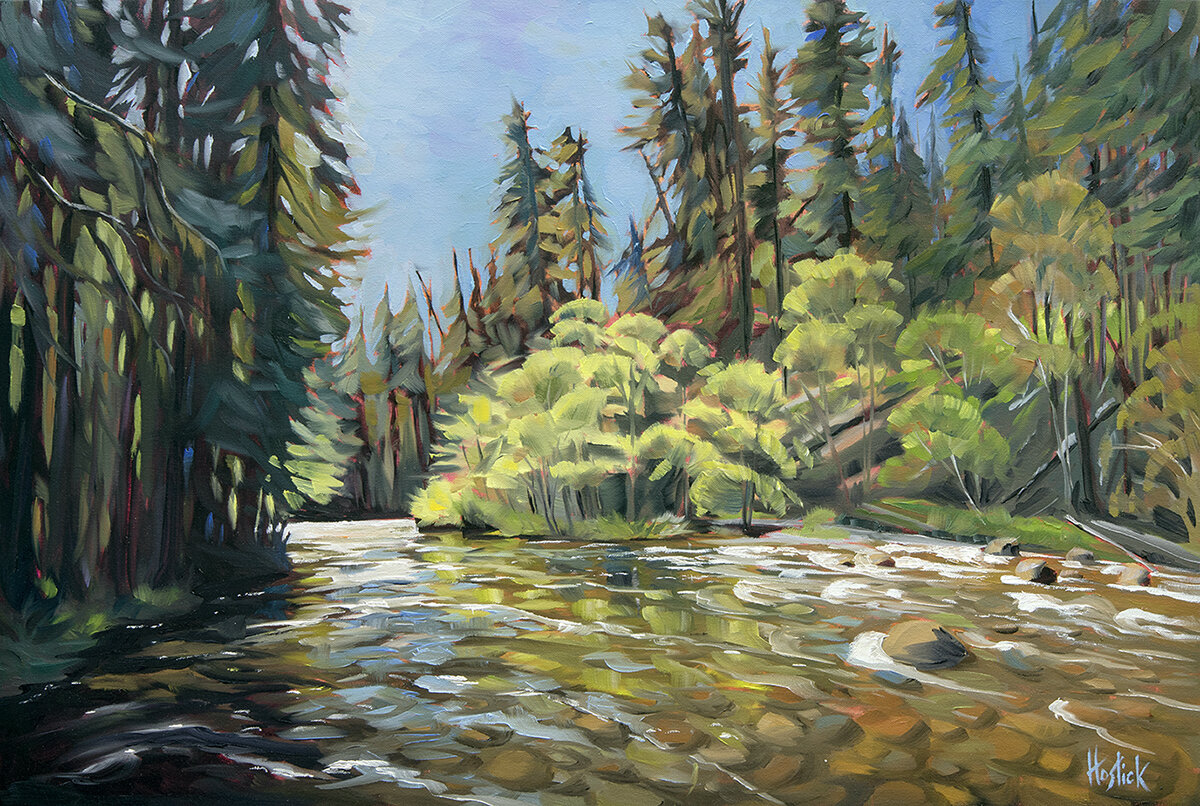On the evening of Labor Day, a fierce storm of dry, dusty wind swept over our camp near the Mt. Rainier wilderness. For several hours we heard the wind gusts approaching up the canyon, roaring louder than a freight train, each one flattening our tent like a taco. A huge tree came crashing down, making the earth jump. Above our tent, another large tree swayed precariously against a pale night sky. While we waited out the storm, dust and grit swirling in our faces, fires broke out across Oregon and Washington, spread quickly by the dry eastern winds.
I don’t think I’ve really begun to process the loss and impact to communities and places I love. But it’s not the first or the last time. As we began to see in 2017 and the years leading up to that explosive fire season, this could be a new normal for the western US. But this year it really hit home. There’s quite literally no escaping the smoke, and many communities are still unprepared. Driving home to Eugene, Oregon from central Washington, we passed through 450 nonstop miles of thick, brown smoke. We encountered blazes in Seattle suburbs, power down for miles, no traffic signals, no cell service, no navigation, blocked intersections, crowded highways with thousands of cars in gridlock. A few years ago, we saw whole communities in California go up in flames, now we’re seeing the same in Oregon.
Over this past summer we hiked through many miles of previous burns to reach special places in the wilderness – places I’ve visited often over the years. For many, I carry personal memories of what these places were like before the burns. Most people now living in the west will grow up without those memories, but will have a different impression of our great land, maybe flush with a carpet of new life, but in many places without the towering canopy of green, the cool shade, the soft breezes and the blue skies which will forever stand out in my experience of PNW forests.
That said, I’ve slowly come to terms with the fire-altered landscape. As a landscape architect and a student of ecology, I understand the fire cycle. Our western forests are born in fire, and our oldest forests in particular have thrived through numerous burns over hundreds of years. Though I’m no expert, I can appreciate the renewal process, the flush of biodiversity and succession that occurs after a fire, and the mosaic pattern of burning that creates edge conditions and improves habitat for many plants and animals. I also understand that human activity, forest management practices, and a changing climate are leading us into new territory.
For thousands of years, Native Americans set fire to landscapes all over the Americas with studied regularity for a variety of reasons that helped them thrive. These burns – in addition to burns ignited through other natural means like lightning – created open, park-like landscapes bursting with native food crops and forage for wildlife. Forested areas were more resistant to fire because of the regular burning. Tree canopies were tall, with thick, fire-hardened bark; regular fires swept out the undergrowth before it grew too tall, tangled and dry.
This changed around 150 years ago with western US expansion, when Euro-American settlers began to pour into western North America, bringing a booming population and a different culture with different practices relating to the land. Fire suppression and forestry practices have, among other causes, led to increasing undergrowth and “fuel loading” in forests. Our climate is changing, and the American west is getting hotter and drier in the summer; wind and weather patterns are shifting. Years of drought also weakens trees and leaves them vulnerable to insects and disease. A growing population means more human activity – the cause of most fires – and increases wildfires’ impact to lives and infrastructure.
Our vast western forests are an incredible gift, and we’re still learning how to manage them – and ourselves – in balance so that future generations can thrive. We’re lucky to have a lot of smart people working on the problem. For example, some experts are taking note of the old ways and recommending the wise use of fire to manage our forests for long-term health. Fire ecologists study the effects – positive and negative – of wildfire and have developed management strategies that reduce risk to people while improving habitat and forest health. Others are working on different solutions at all levels.
There’s much we can do if we focus on the long-term wellbeing of our communities and follow the science. Despite near-term anxieties and inevitable catastrophes, I’m hopeful that as a people who have proven to be willing and able to change when we need to, we’ll eventually find a balance.
This spring, I spent many hours along some of Oregon’s most beautiful and pristine rivers, gathering inspiration for my artwork. One of the reasons these rivers are so beautiful and clean is they flow from, and through, healthy forests. The layers of trees, branches, needles, bark, rich organic soils, mosses and other living things soak up water during the fall, winter and spring, and store it like a giant sponge, releasing it slowly over the summer. These same organic materials filter and clean the water of dust and pollutants, leaving the water in our rivers cool, clean and clear.
Even though some of the rivers I visited flowed through burned forests in various stages of recovery, signs of life are everywhere. While some areas were marked by black spires and bare soils, others were bursting with a diversity of shrubs and wildflowers that thrive in sunlight. Eventually, a new forest will grow. We don’t know yet if it will be the same or different than the past, but nature is resilient and new forms of beauty will thrive.
From an artistic standpoint, the aesthetic of a burned forest is an interesting challenge. A fresh, severe burn can be austere – a sort of living Mordor. It lends a post-apocalyptic feel, ash and soot everywhere, rock and soil exposed. But very soon signs of life pop up. Wildflowers like fire weed and aster, lupine, bunch grasses, and other plants that look like a prairie spread under the burned forest. Then come the shrubs, berries, small deciduous trees, blazing in fall color. After a few years, the burned trees left standing might shed the blackened bark, the trunks bleaching white, then eventually they fall to earth and feed the soil. New trees sprout, grow up, and different kinds of trees and plants emerge underneath in the cool, moist shade. Before long, geologically speaking, the cycle repeats.
As an artist, I’ve set my intention to express and celebrate the beauty of the natural world to bring joy to people and awareness of our natural legacy in the PNW and elsewhere. How should I honor that legacy while also honoring the natural cycle, acknowledging the impacts of our culture, and recognizing my own feelings of loss? I don’t want the beauty of the great American west be something we only see in pictures from the past. I want it to last and thrive.
Maybe there’s a clue for how I should approach my artwork in the hard place between beauty and destruction, an acceptance perhaps, and a search for the renewal and good that may emerge.
Conceptually, I know life perseveres one way or another. But what is the quality of our experience? What will our homelands be like in our lifetimes, and what will we pass on? I believe what matters is the world we create for our own, human experience, for our children’s children, and how we treat the incredible richness of life that shares our planet. Will people living today not just help ourselves thrive economically, but do our best to care for and repair the systems that sustain us? It’s within our power to do both.
































